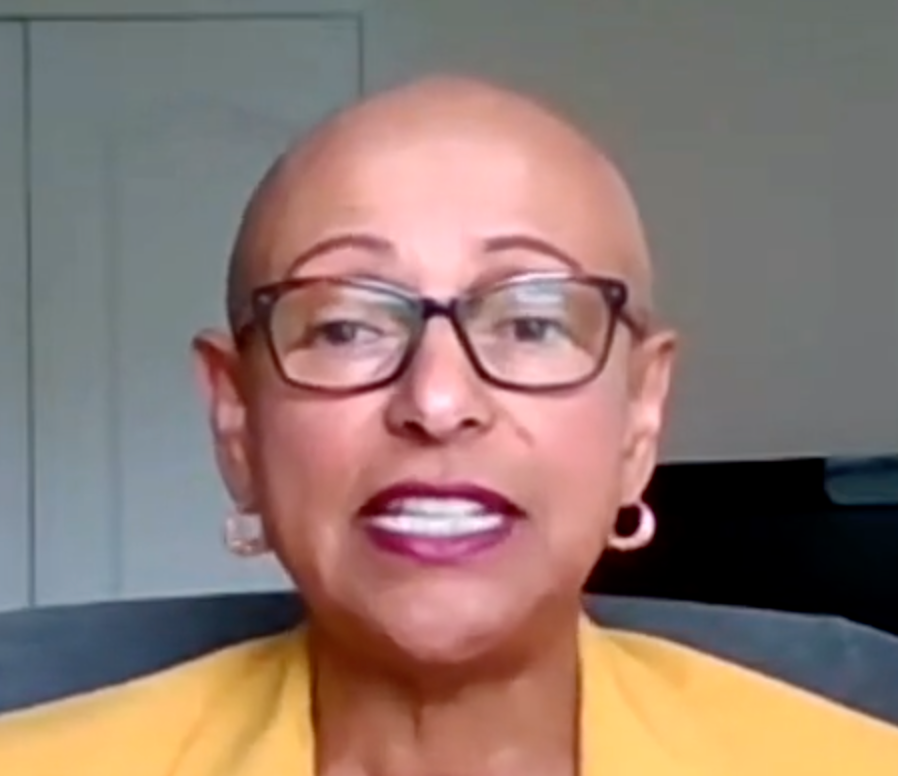How HBCUs are Driving Clean Energy Initiatives
- HBCU Coalition
- Dec 18, 2023
- 3 min read

Historically Black Colleges and Universities (HBCUs) have long been at the forefront of innovation and change. These institutions have recently become hubs of sustainable progress, with students and faculty leading the charge towards a cleaner, more renewable energy future. The commitment to the environment is a testament to their academic accomplishments and reflects the student's passion for creating a better world. The HBCU Clean Energy Initiative, which brings affordable solar to campuses and communities as well as career training opportunities, explores how HBCU students and faculty members are advancing clean energy initiatives.
Student-Driven Innovation
The students within HBCUs are often the driving force behind many of their clean energy initiatives. They're actively involved in research, projects, and clubs that promote sustainability. Their involvement is impactful and inspiring, from organizing campus clean-up drives to leading research on renewable energy sources.
According to the National Science Foundation: "HBCUs produce around 27% of Black graduates with bachelor's degrees in science and engineering."
Active Sustainability Clubs: Over 70% of HBCUs have dedicated student organizations focused on environmental sustainability.
Campus Initiatives
Morgan State's Energy Transformation
As part of its 10-year strategic plan, 'Transformation Morgan 2030: Leading the Future,' Baltimore-based Morgan State University (MSU) has partnered with Siemens on its journey to becoming a smart and connected campus of the future. Improvements include implementing modernization upgrades to the university's heating, ventilation, air conditioning (HVAC), security, and fire and life safety systems, focusing on energy efficiency, resiliency, and sustainability.
Howard University
In May 2023, Howard University became the first HBCU on the governing alliance board of directors for the National Renewable Energy Laboratory, creating opportunities for underrepresented students to pursue careers in renewable energy.
Norfolk State University's Clean Energy Innovation Center
Norfolk State University houses a Clean Energy Innovation Center that involves students in research and development projects centered on clean and renewable energy technologies.
Prairie View A&M University's Sustainable Agriculture Project
At Prairie View A&M University, students engage in sustainable agriculture projects, combining clean energy practices with farming techniques. They explore how renewable energy can be integrated into agricultural practices to create more eco-friendly and energy-efficient farming solutions.
North Carolina Agricultural and Technical State University
North Carolina A&T recently opened the Center for Electrochemical Dynamics and Reactions on Surfaces (CEDARS), focusing on clean energy initiatives such as splitting hydrogen and oxygen from water to create clean hydrogen for energy use. CEDARS is an interdisciplinary effort funded by a four-year $10.35 million grant from the DOE. North Carolina Agricultural and Technical State University is the only HBCU among the 43 universities and national laboratories to receive over $400 million in Energy Frontier Research Centers (EFRC) funding. With the university's $23 million Steps4Growth clean energy workforce training award combined with this award, the center aims to create a net-zero emissions economy and promote diversity in clean energy.
Impact on Communities
The efforts of HBCU students in clean energy aren't confined to campus boundaries. These initiatives extend to surrounding communities, fostering partnerships and knowledge exchange. Students engage with local residents and organizations to create a ripple effect, spread awareness, and inspire others to embrace sustainability. One of the examples of that is the program that the HBCU Clean Energy Initiative is spearheading. Not only are they bringing training programs and solar to HBCUs, but they are fostering student involvement with the communities surrounding the campuses to provide affordable solar to local homeowners.
In conclusion, HBCU students are not just embracing a cleaner, more sustainable future—they are actively building it. Their sustainable energy initiatives contribute to a greener environment and inspire and educate others, creating a legacy of change that goes far beyond their campuses.
To find out more about how the HBCU CDAC Clean Energy Initiative is bringing clean energy to HBCUs and their surrounding communities, click here.
To read more HBCU Clean Energy Initiative blogs, click here.




Comments